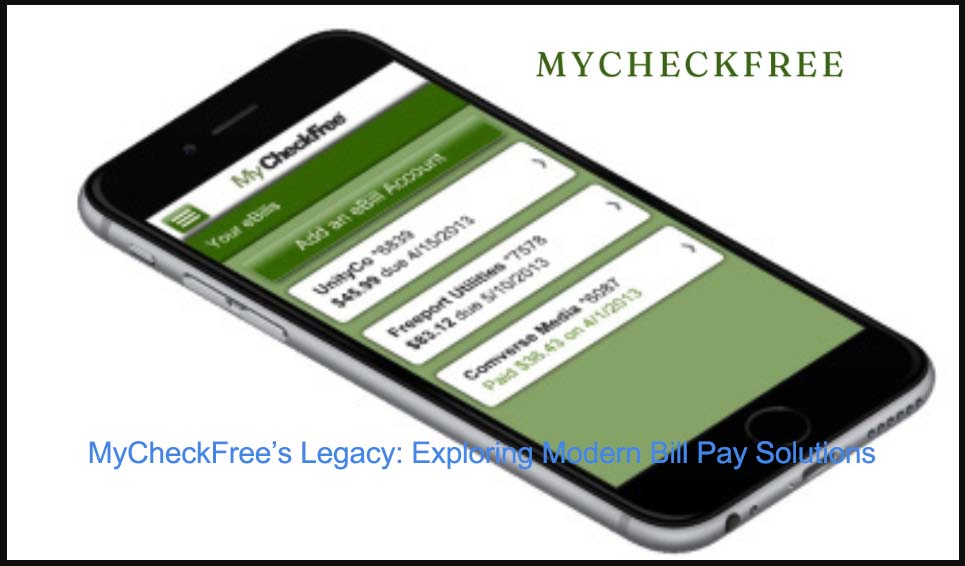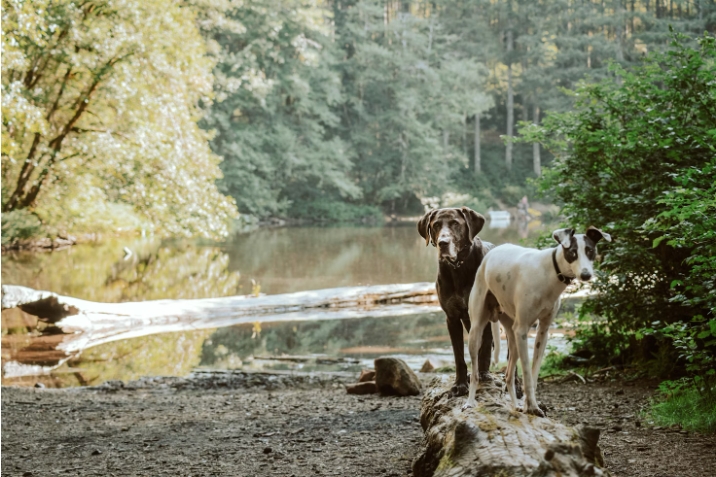Caring for a dog’s eyes can be a delicate task, especially when they’re prone to irritation or infection. Whether due to allergies, bacterial exposure, or even just environmental irritants, maintaining your dog’s eye health is essential for their overall well-being. From personal experience with my own dog, I’ve found that a gentle, regular cleaning routine using saline solution can make a noticeable difference in preventing eye issues.
Why Certain Breeds Need Extra Eye Care
Some dog breeds are naturally more susceptible to eye infections due to their facial structure or genetic traits. Breeds like Pugs, Pekingese, Poodles, Maltese, Cocker Spaniels, and Shih-Tzus are especially prone to eye irritations. Keeping an eye on their eye health can help prevent discomfort or infections, ensuring a happier and healthier pet.
Steps to Clean Your Dog’s Eyes Safely
1. Trim Facial Hair Regularly
Long or ungroomed facial hair can trap dirt and debris, eventually making its way into your dog’s eyes. This buildup can lead to irritations or even infections. In my experience, using scissors instead of clippers gives more control around sensitive areas. Making regular facial hair trimming part of your grooming routine can keep potential irritants at bay.
2. Use Dog-Specific Cleansers or Saline Solution
When it comes to eye care, it’s essential to use the right products. Saline solution is a mild, effective choice that helps clear away irritants without the risk of causing further discomfort. Unless your vet prescribes a specific eye cleanser, I recommend sticking with saline, as it’s safe and gentle enough for regular use. Avoid using cotton pads, which can leave fibers behind, causing additional irritation.
3. Sterilize Tools for Cleaning
Using sterile tools is crucial to prevent introducing bacteria. Make sure everything from scissors to your hands is clean before starting. Keeping tools clean minimizes the risk of aggravating any existing conditions. I always keep alcohol wipes on hand to sterilize tools before and after each use.
| Tool | Cleaning Method |
|---|---|
| Scissors | Wipe with alcohol after each use |
| Hands | Wash thoroughly before each session |
| Cloth | Use a new, clean cloth each time |
4. Apply Saline Solution Gently
When using saline, pry open your dog’s eyelids gently with one hand while applying the solution with the other. Be cautious to avoid touching the eye directly with the bottle tip. Distributing the solution evenly helps to flush out any dirt or debris. Saline is purely a cleanser, so feel free to use a generous amount to effectively cleanse the eye area.
5. Use a Warm Compress for Added Relief
After rinsing with saline, a warm compress can help soothe the eyes and further clear away any remaining residue. I’ve found that a damp, warm cloth held gently against the eyes for a few minutes provides comfort and helps reduce redness. Just ensure the cloth isn’t too hot, as it could cause discomfort or burns.
6. Tackle Tear Stains
For many breeds, tear stains are a persistent issue. A regular, gentle wipe with a damp cloth twice daily can help manage tear stains and keep the eye area clean. Although there are tear stain removers on the market, I’ve found that simple prevention—like daily cleaning—works best.
Preventive Measures for Your Dog’s Eye Health
Regular eye care is essential, but prevention can go a long way in keeping your dog’s eyes irritation-free. Here are a few tips I’ve learned that make a difference:
- Avoid letting your dog hang their head out of the car window: The wind can carry debris that may enter and irritate their eyes.
- Use an ophthalmic gel during baths: This gel provides a protective layer against shampoo or flea treatment chemicals.
| Scenario | Preventive Measure |
|---|---|
| Car rides | Don’t allow head out of window |
| Bathing with chemicals | Use an ophthalmic gel for protection |
When to Seek Veterinary Assistance
If at-home care isn’t improving the symptoms, it’s time to consult a veterinarian. Some symptoms to watch for include:
- Excessive discharge
- Redness or swelling
- Persistent pawing at the eyes
From personal experience, I’ve learned that early intervention can make all the difference, as prolonged irritation may require specialized care.
Maintaining your dog’s eye health doesn’t have to be complicated, and with regular care, you can help prevent many common issues. Following these steps and staying observant can make a significant impact, ensuring your dog stays comfortable and happy.





